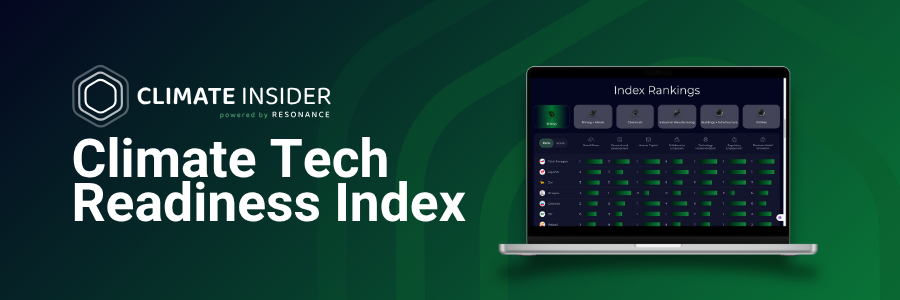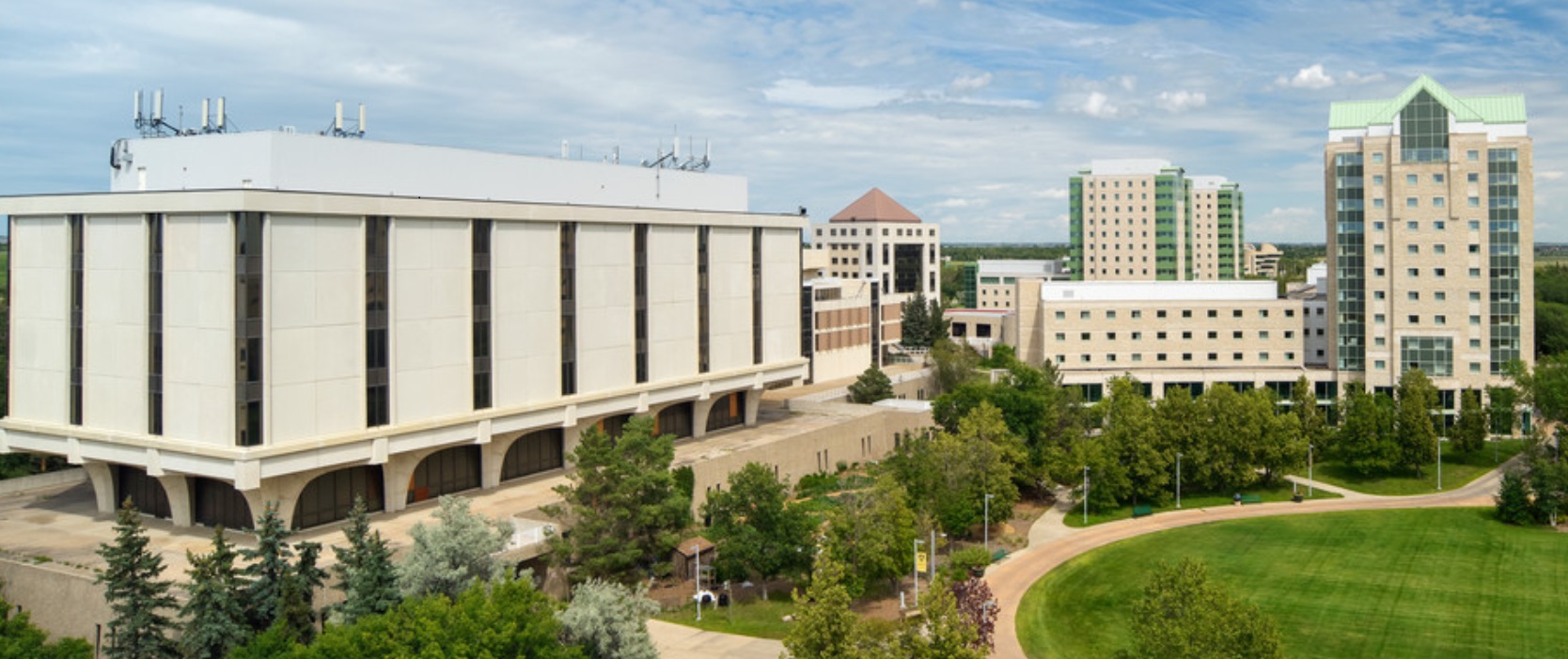Climate Insider had a discussion around climate solutions with Desirée Pettersson and Romain Diaz from Venture Capital firm Satgana. The team asked them about the climate solutions they, as investors, would be most interested in supporting in the near future. Desirée and Romain had a comprehensive answer; however, there was an important theme in the discussion: climate solutions should extend beyond carbon. According to the investors, even though solutions to reduce emissions are crucial, there is also a need for other solutions which receive relatively lesser interest from investors.
“As the awareness of climate change is spreading and the sense of urgency is growing among a wide range of stakeholders, “decarbonization”, “emission reduction targets”, and “GHG emissions” are the buzzwords of the 2020s, shaping corporate sustainability policies, investment decisions, and the regulatory landscape. While we welcome this development with open arms, we also recognize that we are not only facing a climate crisis caused by GHG emissions, but also increasingly acute challenges relating to biodiversity loss, waste generation and management, resource depletion and plastic pollution,” said Desirée and Romain.
The investors presented a very important point which has been echoed by startup founders developing diverse climate solutions in the recent past. Carbon removal, often framed as a direct and measurable approach to mitigating the impact of greenhouse gas emissions, has led to an overemphasis on technologies such as direct air capture and carbon capture and storage. While these methods hold promise, a myopic focus on carbon removal alone may divert resources and attention away from equally important, if not more immediate, climate solutions. “Hence, while solutions reducing emissions are a central part of our investment thesis, so are startups trying to solve other environmental problems, which typically have received less investor’s interest, yet offer significant opportunities for impact and scale,” the investors said.
Romain and Desirée particularly mentioned that there is need for attention towards adaptation and resilience-enhancing solutions, as most attention is generally paid to climate mitigation solutions. “Considering that out of all global climate finance available, only 8% goes to climate adaptation and that most of this capital comes from public sources, we at Satgana recognize that there is room, to say the least, for the private sector to step up its efforts in funding climate adaptation and resilience-enhancing solutions,” they said.

Often overshadowed by carbon-centric strategies, adaptation initiatives are crucial for communities facing immediate climate risks. For instance, in least developed countries, where vulnerable populations are disproportionately affected by extreme weather events, investing in climate-resilient infrastructure, early warning systems, and sustainable agriculture is imperative. Romain and Desirée cited IPCC’s report: “According to the IPCC report published in 2022, 3.3 to 3.6 billion people are living in areas highly vulnerable to climate change, most of them being in Least Developing Countries (LDCs).” They further mentioned that only 8% of the global climate finance goes into climate adaptation and that most of this capital comes from public sources. “We at Satgana recognize that there is room, to say the least, for the private sector to step up its efforts in funding climate adaptation and resilience-enhancing solutions,” they said.
Romain and Desirée’s argument is in alignment with the conclusions of a recent study by the United Nations Environment Program, which highlighted a global funding deficit of up to $366 billion for projects aimed at facilitating societal adaptation to climate change. Adaptation solutions are even more crucial for least developed countries because of the socio-economic impact of climate change events. Neglecting adaptation measures may exacerbate existing socio-economic disparities and hinder long-term development goals. Redirecting investment towards adaptation will not only help protect communities from the current and future impacts of climate change but will also foster sustainable development.
To stay informed about the climate industry explore our latest climate news.
Featured Image: Credit: Satgana








